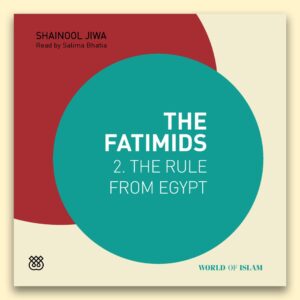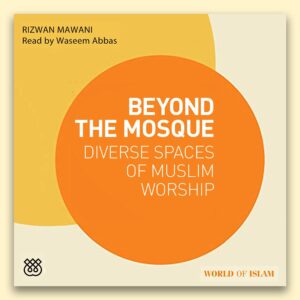Living Islam
Muslim Expressions of Faith
By Ali S. Asani
Introduction
How do you know what you know about Islam?
… Crucial to the construction of knowledge about other peoples and other cultures are our sources of information. Whenever I am invited to talk about Islam, I often begin by asking audiences the questions, ‘How do you know what you know about Islam?’ and ‘What are your sources of information?’ We live in a world today in which the media – particularly social media – plays a powerful and historically unprecedented role in shaping what we think we know about our world and in influencing our images of Islam and Muslims. The importance of interrogating our sources of information, as well as the tools we use to construct knowledge based on them, is illustrated by a well-known story told with slight variations by several authors, including the famous 13th-century Muslim Persian mystic Rumi (d. 1273). Rumi tells a widely-known story about some blind men who attempted to describe an elephant. Each man’s perception of the elephant was limited to his sense of touch as well as his location vis-à-vis the elephant, which is to say the specific part of the elephant he touched. For the person who touched the leg, the elephant was like a tree; for the one who touched the trunk, it was like a pipe; while for the one who touched the tail, it was like a rope. Since none of the blind men had the ability to see the complete animal, they failed to appreciate it in its entirety. One can easily imagine the arguments they would have had over the shape of the elephant. Similarly, a person’s description of Islam, whether one is Muslim or not, is based on their ‘location or situatedness’, that is, what they have subjectively experienced, perceived, read, or been taught. People may hold strikingly contradictory conceptions of Islam depending on their point of view. For some, Islam is a religion of peace, while for others it is a political ideology that promotes violence; for some, it is a religion that oppresses women, for others it is a religion that promotes equal rights. Many believe its teachings are compatible with democracy and fundamental human rights, while others associate them with dictatorship and tyranny.
Understanding Islam through the Cultural Studies Approach
So how can we move beyond combative and ill-informed characterizations of Islam? How is one to understand the starkly contrasting claims made in the name of a religion? In a highly polarized world characterized by misinformation, is it possible to describe Islam – or any religion – in a manner not coloured by the subjectivity of perception? To assist in responding to such questions and to understand the complex nature of religion, I employ in this book the cultural studies approach. As described in Diane Moore’s Overcoming Religious Illiteracy, the cultural studies approach stresses the importance of relating understandings and interpretations of religions to the various human contexts in which they are situated. It is based on the premise that religion is a phenomenon embedded in every dimension of human experience. Religions are shaped by a complex web of inextricably linked factors, including political ideologies, socioeconomic conditions, societal attitudes to gender, educational status, literary and artistic traditions, and historical and geographical situations. All of these influence the ways in which religious traditions and their sacred texts, rituals, and practices are interpreted.





